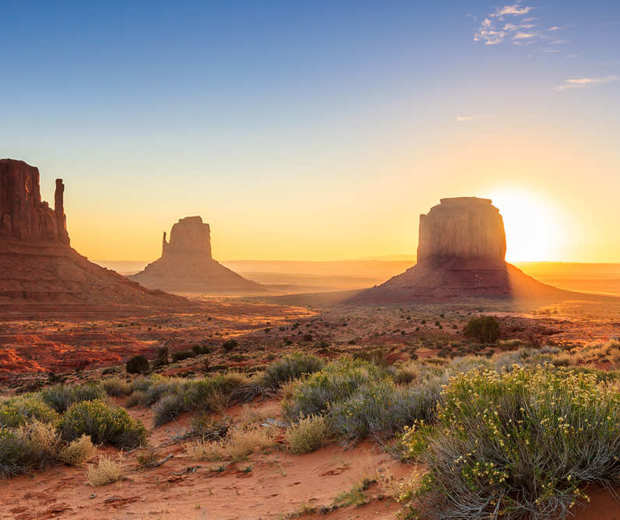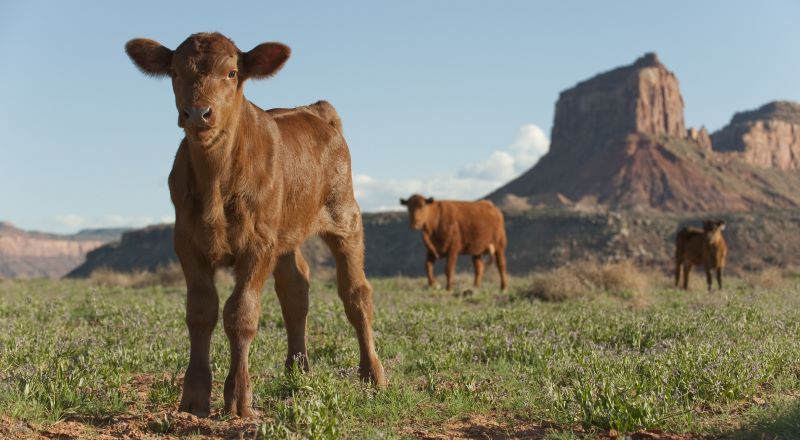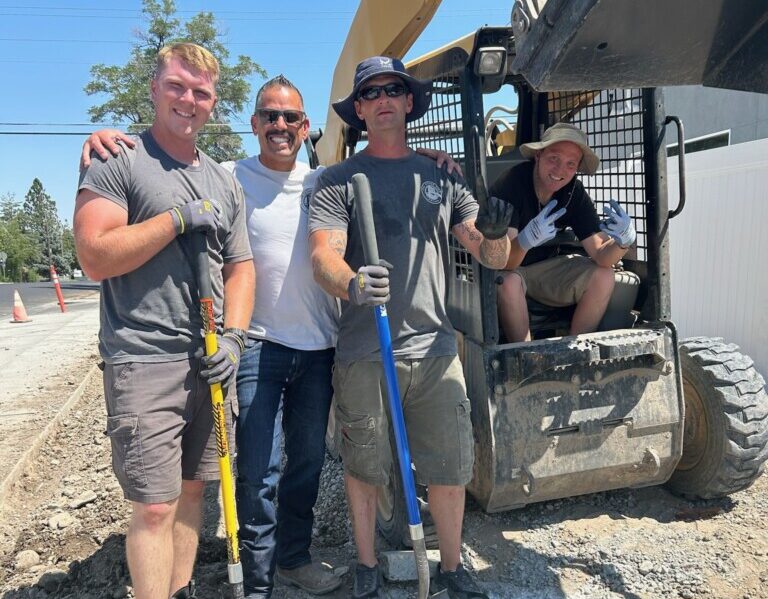
The moral implications of Bears Ears
This is in reply to an editorial in the Salt Lake Tribune published on December 3rd, 2020 written on the subject of Bears Ears National Monument and the “ethical implications” of the policy of the reduction of its size.
Mrs. Shea Sawyer asserts that the re-expansion of Bears Ears will allow for a “sustainable modern society that honors traditions and social structure of indigenous people.” Mrs. Sawyer further asserts that under Federal National Monument status, the designation will produce a “true interconnection and responsibility to the land seen in indigenous traditions.” She doesn’t explain how this will happen, or how the feds will somehow renew indigenous people under this designation.
Mrs. Sawyer needs to better understand what the designation of National Monument actually does in real terms, and how this designation does nothing other than hinder the best economic interests of the locals who are trying to carve out a small living in a harsh environment.
Abolishment of Human Economic Interest
How did “preservation” become the abolishment of human economic interests? And how does this abolishment result in building a “sustainable modern society” as Mrs. Sawyer asserts? Let’s examine the more recent use and altering of the definition of the term “sustainable.”
Under National Monument status “sustainable” essentially means that ranching, drilling or mining or energy resource development is prohibited. And it further means that the residents who live in and around the area are prohibited from entering the area for more personal economic purposes such as hunting, fishing or using their UTVs to earn a living by operating a small tour guiding business. These activities will all be prohibited without special limited permits. The best permits seem to go to the wealthy or guide companies with big corporate connections. Just examine how most of the National Park River Permit holders on the Colorado River are now held by publicly traded corporations or large private entities rather than family-owned, local establishments.
How is this model “sustainable” if it fails to produce a viable income for the locals who live in and around the national monument? Mrs. Sawyer points to “honoring indigenous people”. Even before white settlers came to the area, the native people would hunt, fish, and travel around exploiting the natural resources to their benefit.
Examining Land Policy and Indigenous History in Light of Facts
Native populations periodically burned forests down to produce greater grassland areas and/or to maintain more healthy forests. Natives periodically drove herds of buffalo off cliffs to harvest their meat and fur. Native populations practiced marauding opposing tribes and trading captives into slavery. After spending two years studying indigenous tribes, I learned of these unsavory aspects of their culture, not taught in public schools. Still, there are many positive attributes we can borrow from indigenous culture, but it seems the modern social justice and peace advocates only wish to whitewash indigenous history. We should examine land policy and indigenous history in light of facts.
Bears Ears is an arid, inhospitable badlands desert with spectacularly carved canyons deemed not suitable for human habitation before the mid-1850s. The diversion of the area rivers including the San Juan allows for irrigation for drinking water and agriculture. Without water, residents couldn’t reside in the area. Economic activity that allows for successful towns is mostly related to mining, agriculture, and raising cattle. Tourist towns suffer in off-season and a greater disparity between the rich and the poor exists in tourist-based economies. So the real question boils down to: should all non-tourist based economic activities cease operations in the interest of environmental preservation?
I’ve spoken to ranchers, farmers, tour company guides, and mine workers who live in San Juan County around Bears Ears. They all wish to protect and preserve the area’s environment. The Obama Administration’s expansion of Bears Ears to 1.3 million acres was a federal overreach, made under the assumption that the National Park Service knows better than the Bureau of Land Management and area residents.
If Mrs. Sawyer’s ultimate assertion is that locals cannot be trusted to control and protect their own lands: What have the local area residents done that demonstrates that they cannot maintain their sovereignty and manage their land responsibly?
65% of Utah’s land is already under federal BLM control (80% if all military bases and National Parks are included). The Sagebrush Rebellion, which attempted to regain land under local control, for private ownership in the late 70s failed. There are wonderful nonprofits that exist (SUWA, Red Rock, Sierra Club etc.) who want to protect the lands from policymakers and corporate interests that want to exploit, degrade or destroy public land for mineral or energy extraction purposes. We don’t need to ruin the area’s economy under the guise of a sanctimonious indigenous renewal, which will only result in providing the federal government greater powers in landlordship.

A Better Alternative For Arid Land
There is a better alternative than locking up land under greater federal control for improving the land’s viability both economically and environmentally. A major part of this idea would pay true homage to indigenous people by mimicking what indigenous people created in North America over hundreds of generations. The concept is called regenerative agriculture through large-herbivore intensive grazing.






